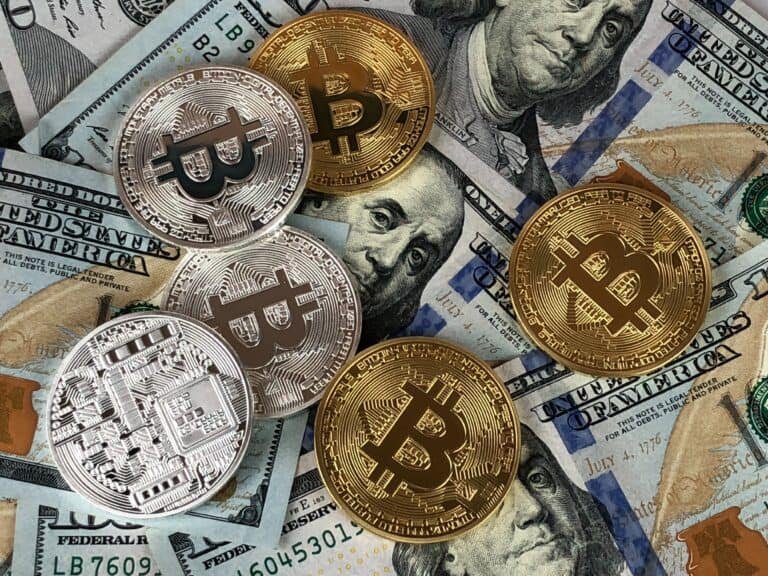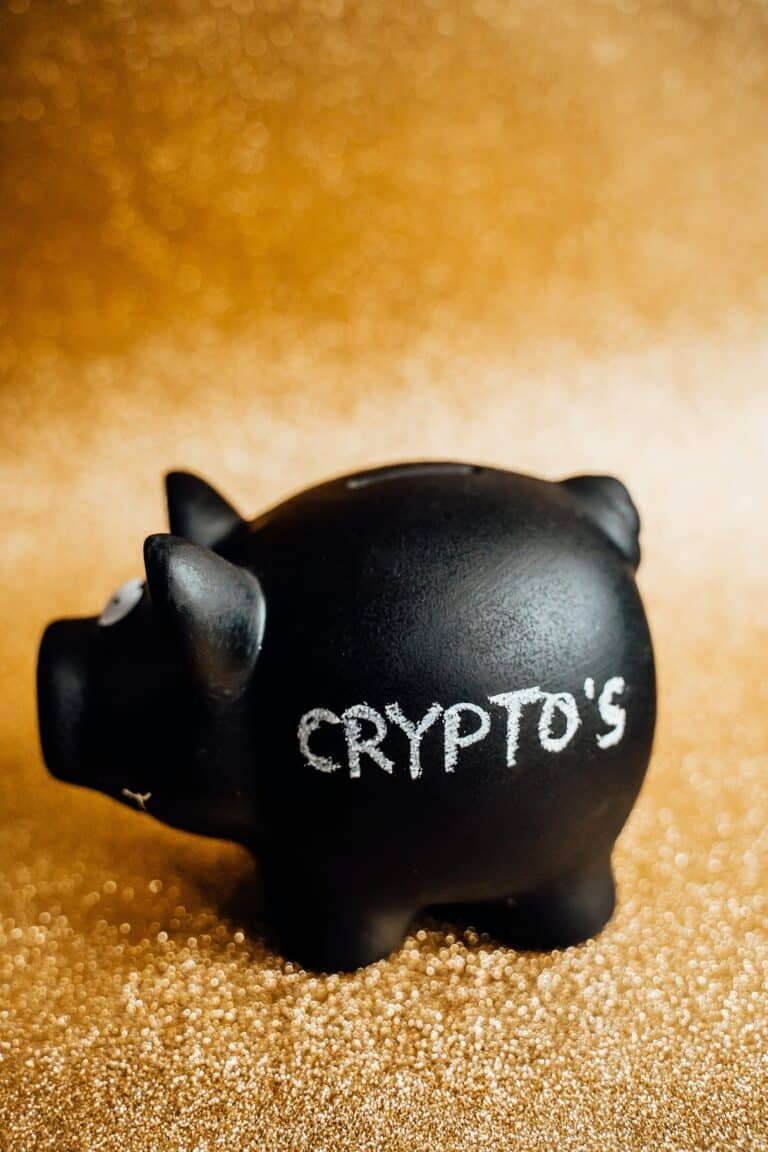Decentralized finance (DeFi) applications are a set of blockchain-based financial applications that aim to provide an alternative to traditional financial systems.
Decentralized finance applications are built on open-source, decentralized blockchain networks and are designed to be transparent, permissionless, and trustless.

Types of Decentralized finance applications
Here are some of the most common types of Decentralized finance applications and how they work:
1. Decentralized exchanges (DEXs):
Decentralized exchanges are platforms that allow users to trade cryptocurrencies without relying on a centralized exchange. DEXs use smart contracts to automate trading, removing the need for intermediaries such as banks or brokers. Users can trade cryptocurrencies directly with each other, and all transactions are recorded on a public blockchain.
Examples of Decentralized exchanges include;
- Uniswap
- SushiSwap
- PancakeSwap
- 1inch
2. Lending and borrowing platforms:
Lending and borrowing platforms allow users to lend or borrow cryptocurrencies without relying on a traditional financial institution. Users can earn interest on their holdings by lending their cryptocurrencies to others, while borrowers can access loans without the need for collateral. Lending and borrowing platforms use smart contracts to automate the lending and borrowing process, and all transactions are recorded on a public blockchain.
Examples of Lending and borrowing platforms include;
- Aave
- Compound
- MakerDAO
- Celsius Network
- BlockFi
3. Stablecoins:
Stablecoins are cryptocurrencies that are pegged to a stable asset, such as the US dollar. Stablecoins aim to provide the benefits of cryptocurrencies, such as fast and low-cost transactions, while also providing the stability of a traditional fiat currency. Stablecoins are often used as a way to avoid the volatility of other cryptocurrencies.
Examples of stablecoins include;
- Tether (USDT)
- USD Coin (USDC)
- Dai (DAI)
- Binance USD (BUSD)
- TrueUSD (TUSD)
4. Prediction markets:
Prediction markets allow users to make predictions about future events, such as election results or the price of a particular asset. Users can buy and sell shares in a prediction market, with the price of each share reflecting the likelihood of a particular outcome. Prediction markets use smart contracts to automate the trading process and ensure that payouts are made to users who correctly predict the outcome of an event.
Examples of prediction markets include:
- Augur
- Gnosis
- Polymarket
- Omen
5. Insurance platforms:
Insurance platforms allow users to buy insurance for a variety of risks, such as hacks or market crashes. Users can pay a premium to purchase insurance, and in the event of a covered risk, they can receive a payout. Insurance platforms use smart contracts to automate the insurance process and ensure that payouts are made automatically in the event of a covered risk.
Examples of Insurance platforms include;
- Nexus Mutual
- Etherisc
- Opyn
- InsurAce
6. Asset management platforms:
Asset management platforms allow users to invest in portfolios of cryptocurrencies. Users can choose from a variety of portfolios with different levels of risk and potential return. Asset management platforms use smart contracts to automate the investment process and ensure that users’ investments are managed in a transparent and secure manner.
Examples of Asset management platforms include;
- Set Protocol
- Melon Protocol
- Enzyme Finance
- TokenSets
- PieDAO
The above are just a few examples, as there are many more Decentralized finance applications being developed and launched all the time. It’s worth noting that some applications, such as Uniswap and Aave, offer multiple Decentralized finance services within their platforms (in the case of Uniswap, both a DEX and liquidity provision). Overall, the Decentralized finance ecosystem is diverse and rapidly evolving, with new innovations and use cases emerging constantly.
Decentralized finance (DeFi) applications have the potential to disrupt traditional finance in several ways.
Here are some of the key ways in which DeFi is challenging traditional finance:
- Accessibility: Decentralized finance applications are accessible to anyone with an internet connection, whereas traditional finance often requires significant barriers to entry like minimum account balances, credit checks, and complex application processes. This makes DeFi more inclusive and democratic, allowing anyone to participate in financial markets and access financial services.
- Transparency: Many DeFi applications operate on open-source, transparent protocols that allow users to audit the code and verify the security and functionality of the application. This transparency provides users with greater control over their finances and reduces the risk of fraud or manipulation.
- Speed and efficiency: DeFi applications operate on decentralized, peer-to-peer networks that enable fast and efficient transactions with low fees. This is in contrast to traditional finance, which often relies on intermediaries like banks and clearinghouses, leading to slower transactions and higher fees.
- Programmability: Decentralized finance applications are programmable, meaning that developers can create sophisticated financial products and services using smart contracts. This allows for the creation of complex financial instruments that are more flexible and adaptable than traditional financial products.
- Interoperability: DeFi applications can be easily integrated with other applications and services, allowing for seamless interoperability between different platforms. This creates a more connected and interoperable financial system, which can enable greater innovation and collaboration.
Overall, DeFi has the potential to democratize finance and make financial services more accessible, transparent, efficient, and innovative. While there are still many challenges and regulatory uncertainties that need to be addressed, the rapid growth and adoption of DeFi suggest that it is a force to be reckoned with in the future of finance.
Conclusion note
Decentralized finance applications are a set of blockchain-based financial applications that aim to provide an alternative to traditional financial systems. These applications use smart contracts to automate financial transactions, removing the need for intermediaries such as banks or brokers. All transactions are recorded on a public blockchain, providing transparency and accountability.



